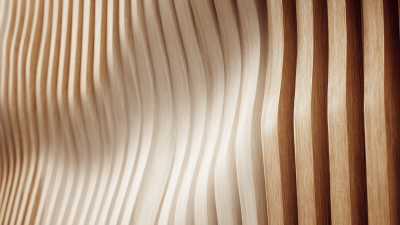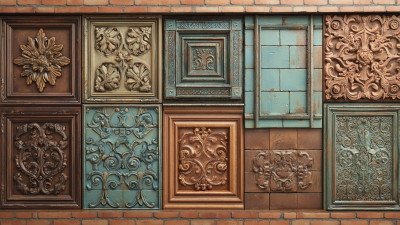Leave Your Message
As the 138th Canton Fair in 2025 approaches, the spotlight shines brightly on the latest innovations in Timber Veneer Wall Panels, a product that marries aesthetic appeal with sustainable design. With an increasing demand for environmentally friendly construction materials, Timber Veneer Wall Panels are becoming the preferred choice for architects and builders alike. This biennial trade event serves as a significant platform for industry leaders and manufacturers to showcase their advancements in this realm, reflecting a growing trend towards integrating natural elements into interior architecture.
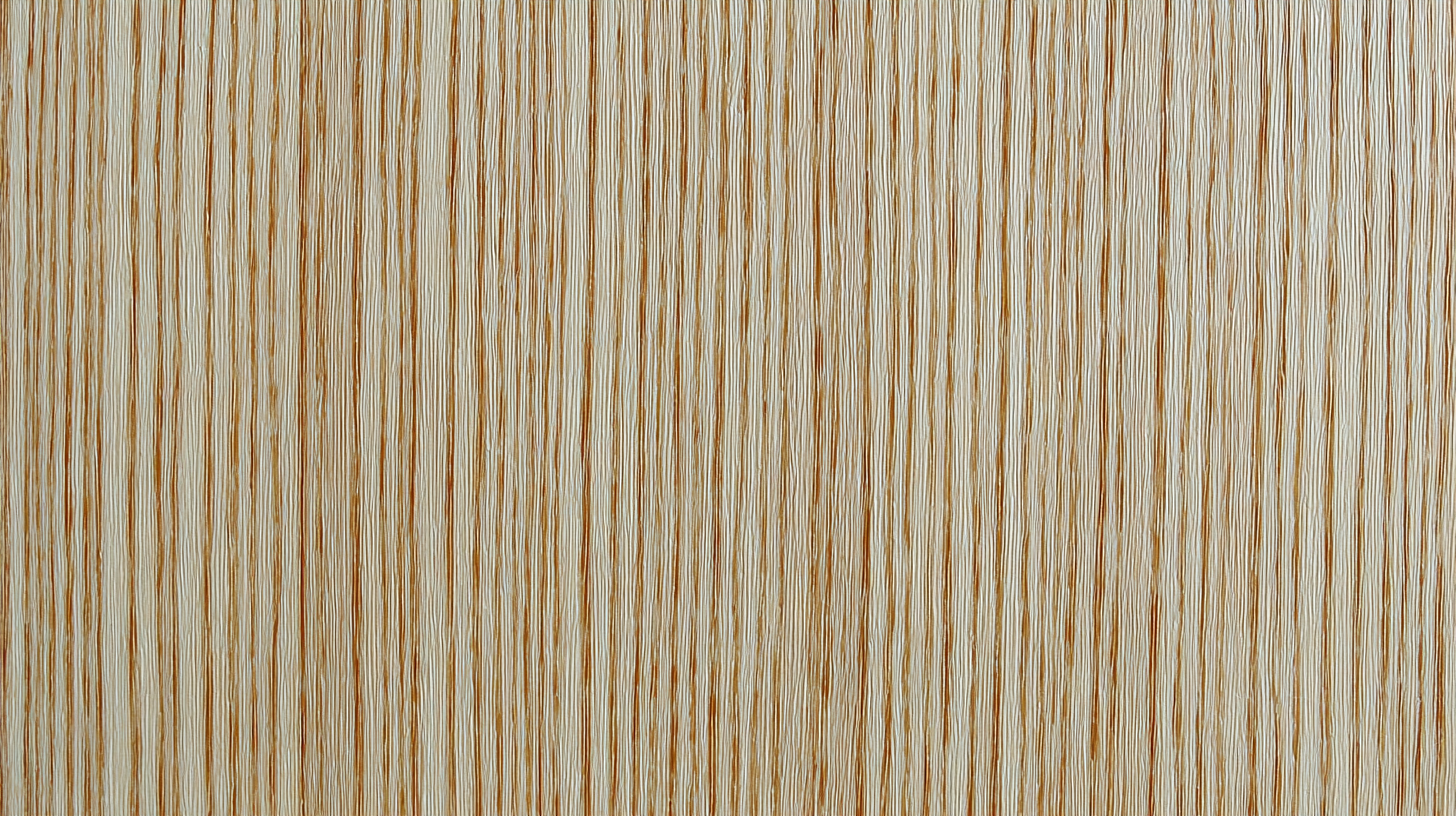
Attendees can expect to explore a wide array of designs, textures, and application techniques that illustrate the versatility and resilience of Timber Veneer Wall Panels. The fair not only highlights product innovation but also reinforces the importance of sustainability in modern design, making it a must-visit event for professionals dedicated to advancing the future of construction and interior design.
The 138th Canton Fair in 2025 promises to showcase groundbreaking innovations in timber veneer wall panels, reflecting the latest trends and developments in the industry. As architects and designers increasingly prioritize sustainability, the demand for eco-friendly materials has surged. According to a recent report by the Wood Products Manufacturers Association, the market for timber veneer products is projected to grow at a CAGR of 6.5% over the next five years, driven by advancements in production techniques and a heightened focus on green building practices.
In addition to sustainability, aesthetic appeal remains a significant factor influencing consumer choices. Timber veneer wall panels offer a versatile solution that combines the natural beauty of wood with modern design elements. Recent innovations, including improved finishes and enhanced durability, have made these panels more attractive to both residential and commercial sectors.
The International Woodworking Fair's latest study indicates that over 45% of interior designers favor timber veneers for their projects, citing their ability to add warmth and character to any space while adhering to contemporary design standards.
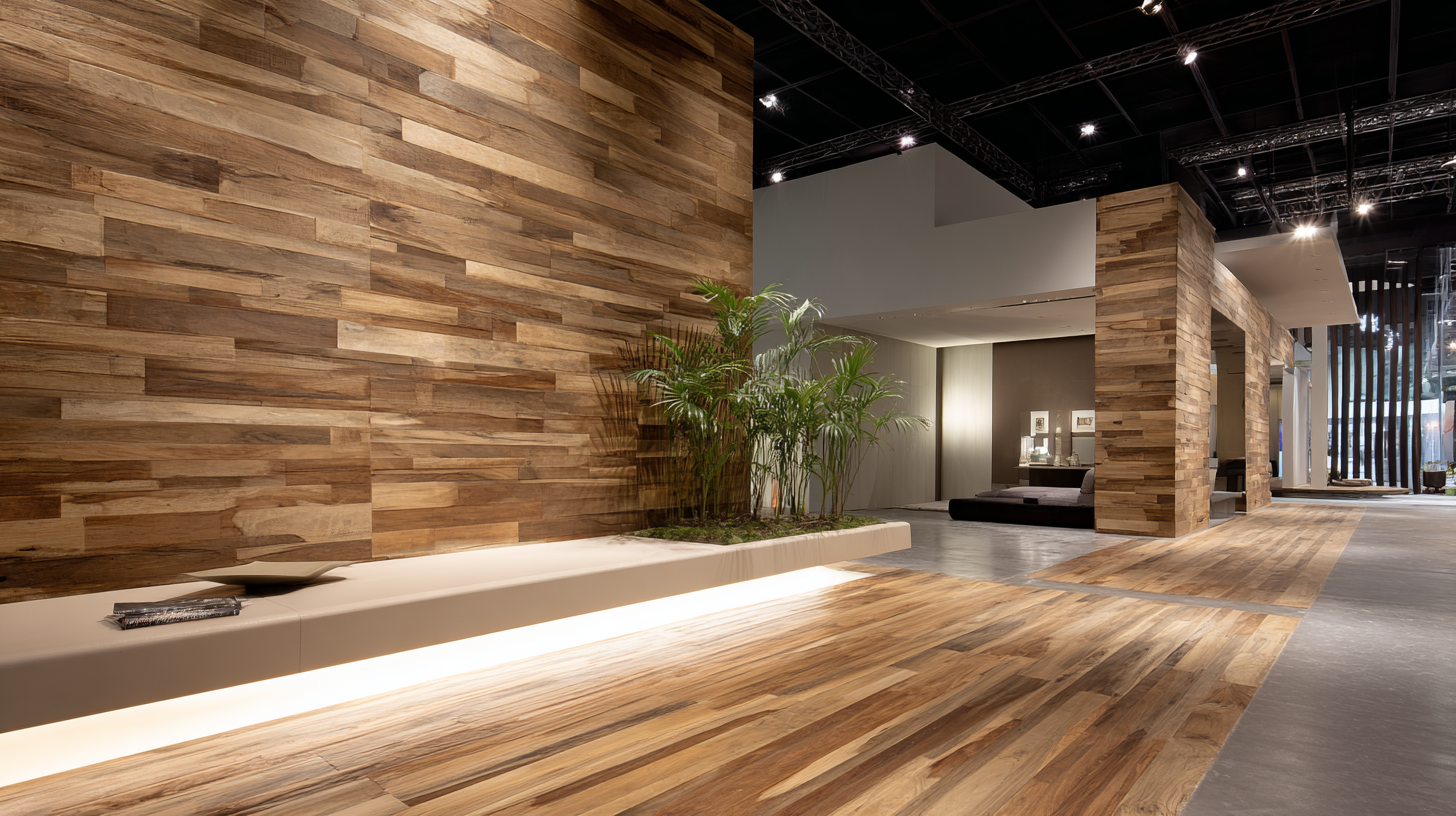 The 138th Canton Fair in 2025 showcases innovative timber veneer wall panels, emphasizing their significance in sustainable interior design. Timber veneers, made from thin layers of natural wood, offer an eco-friendly alternative to conventional wall materials, significantly reducing the demand for solid wood while maintaining the aesthetic appeal of natural grain patterns. Their lightweight nature and versatility allow for easy installation and application in various settings, from residential homes to commercial spaces.
The 138th Canton Fair in 2025 showcases innovative timber veneer wall panels, emphasizing their significance in sustainable interior design. Timber veneers, made from thin layers of natural wood, offer an eco-friendly alternative to conventional wall materials, significantly reducing the demand for solid wood while maintaining the aesthetic appeal of natural grain patterns. Their lightweight nature and versatility allow for easy installation and application in various settings, from residential homes to commercial spaces.
Incorporating timber veneers into interior design not only enhances visual warmth but also contributes to a healthier indoor environment. Unlike synthetic materials, timber veneers are biodegradable and possess the ability to regulate humidity, improving air quality. As sustainability becomes a top priority in design, timber veneers emerge as a key player, aligning with the principles of eco-friendly architecture. This innovation not only supports the aesthetics of modern interiors but also promotes a responsible approach to material sourcing, highlighting the vital role of timber in creating sustainable living spaces.
The Asia-Pacific region is witnessing a significant surge in the demand for timber veneer products, driven by a combination of aesthetic preferences and sustainable building practices. Industries across various sectors are increasingly turning to timber veneer wall panels, attracted by their ability to enhance interior spaces while minimizing environmental impact. Projections indicate a robust growth trajectory for these products, as consumers prioritize not only design but also eco-friendly options in their building materials.
Key markets such as China, India, and Australia are at the forefront of this growth, propelled by urbanization and a burgeoning middle class. The rise of green architecture and the emphasis on sustainability are reshaping the landscape for timber veneer products. Innovations in production techniques and the introduction of new wood species are further expanding the appeal and accessibility of timber veneers, positioning them as a preferred choice for both commercial and residential applications. As industry players gather at the 138th Canton Fair in 2025, trends will be analyzed and new partnerships formed, solidifying timber veneer’s place in the Asia-Pacific market.
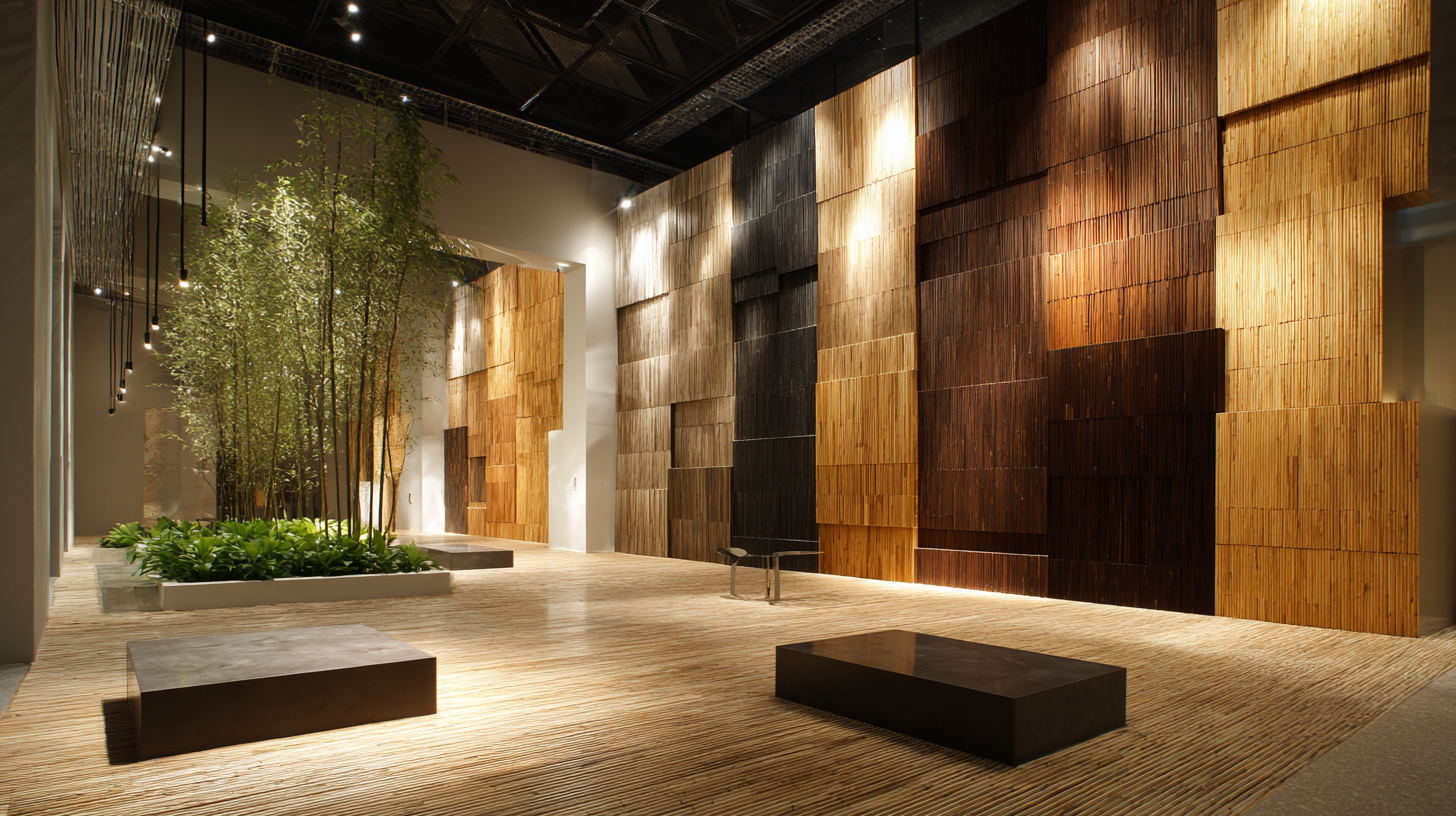
The 138th Canton Fair in 2025 promises to showcase cutting-edge innovations in timber veneer wall panels, focusing particularly on the technological advancements reshaping their manufacturing processes.
New techniques are emerging that enhance the efficiency and sustainability of producing these aesthetically pleasing panels, highlighting a trend towards more eco-friendly production methods. By integrating automation and precision engineering, manufacturers are now able to create timber veneer panels that not only meet aesthetic demands but also prioritize environmental considerations.
Moreover, the focus on innovation extends to the materials used in the production of timber veneers. Recent developments in additive manufacturing techniques are paving the way for novel applications, combining traditional wood material with advanced fabrication methods.
This evolution is crucial as it allows for customized designs and improved structural integrity, enhancing the overall quality of timber products.
As these advancements take center stage at the fair, the industry is likely to witness a transformative shift that caters to modern design preferences while fostering sustainability in timber manufacturing.
At the 138th Canton Fair 2025, timber veneer wall panels emerged as a focal point, showcasing innovations that bridge aesthetics with functionality in commercial spaces. According to a report by the Timber Veneer Association, the demand for wood-based materials in interior design is on the rise, driven by clients' increasing preference for sustainable and visually appealing options. Case studies presented at the Fair illustrated how businesses are successfully incorporating timber veneer into their environments, enhancing both customer experience and brand identity.
One standout example featured a luxury restaurant that integrated timber veneer wall panels, resulting in a 30% increase in customer footfall post-renovation. The warm textures and natural finish not only elevated the dining experience but also aligned with the restaurant's commitment to eco-friendly practices. Additionally, another case study highlighted a tech startup that utilized timber veneer in its office design, contributing to a 25% boost in employee satisfaction. These instances exemplify the growing trend of utilizing timber veneer to transform commercial spaces into inviting, sustainable environments, a trend supported by market research indicating that green design solutions are expected to represent over 40% of the global interior design market by 2026.
This chart illustrates the application success rates of timber veneer wall panels in various commercial spaces showcased at the 138th Canton Fair, highlighting the innovative uses and preferences across different sectors.
